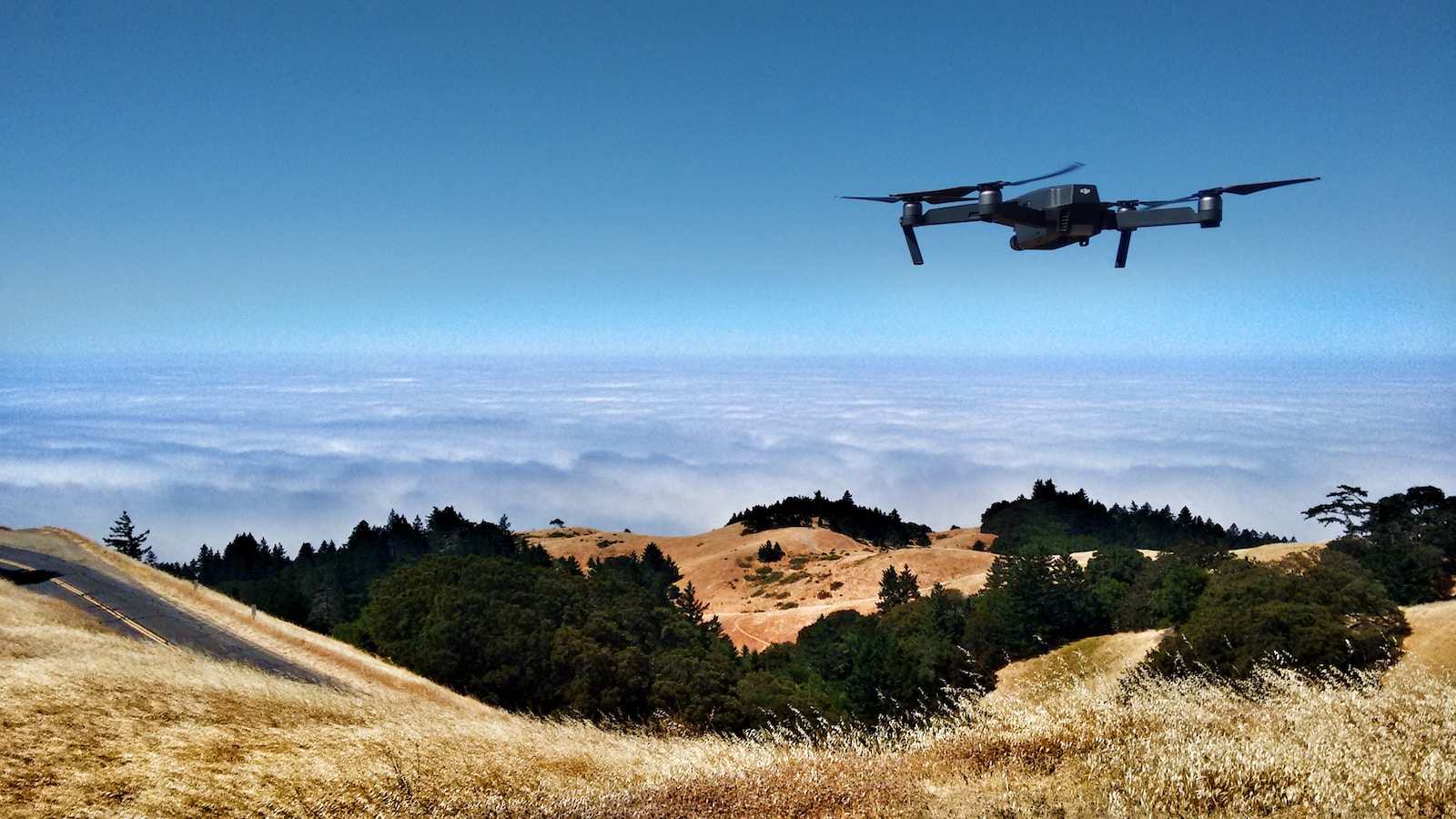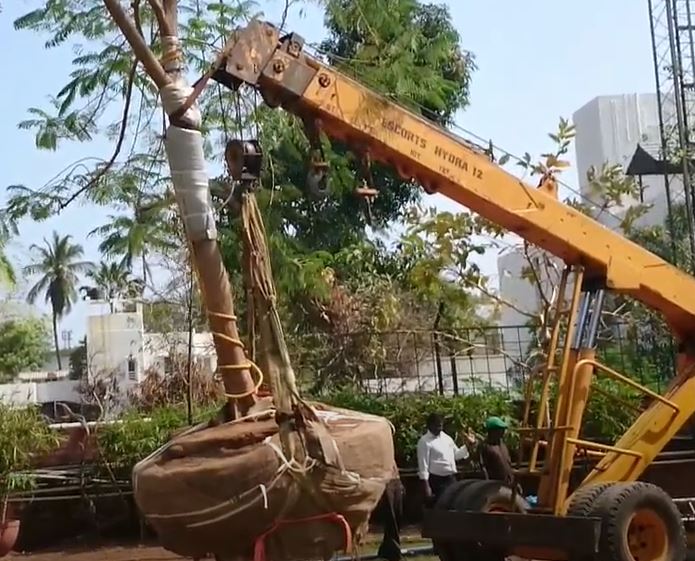In an era marked by environmental challenges and a growing need for sustainable solutions, the assessment and management of nature-based projects have never been more critical. To effectively address these issues and maximize the positive impact of such projects, we need a dynamic and forward-thinking approach. This is where DMRV, or Digital Monitoring, Reporting, and Verification, comes into play. In this blog, we will explore why transitioning to DMRV to assess nature-based projects is not just a wise choice but a necessity, highlighting the limitations of legacy assessment processes and the multitude of benefits DMRV brings to the table.
The Challenge with Legacy Processes
Traditional or legacy assessment processes, although well-established, often fall short in the context of nature-based projects. These methods typically involve periodic evaluations, relying on manual data collection, and are often lacking the agility required to adapt to the dynamic nature of environmental projects. Here are some common challenges associated with legacy processes:
- Lack of Real-Time Data: Legacy processes usually rely on infrequent assessments that result in delayed data collection and analysis. This can lead to missed opportunities and difficulties in promptly addressing issues.
- Data Silos: Data collected through legacy processes is often dispersed across various systems and stakeholders, making it challenging to gain a holistic view of the project’s performance. This fragmentation can impede decision-making and coordination.
- Subjectivity and Bias: Many legacy processes involve subjective assessments, which may be influenced by individual biases. This can lead to inconsistent and unreliable data, hindering the accuracy of project evaluations.
- Limited Adaptability: Nature-based projects are inherently dynamic, influenced by ever-changing environmental conditions. Legacy processes often lack the adaptability required to respond to these changes effectively.
- Resource inefficiency: Manual data collection and analysis can be resource-intensive and time-consuming. This can divert valuable resources away from project management and impede efficiency.
The DMRV Advantage
DMRV offers a fresh perspective on assessing and managing nature-based projects, addressing the limitations of legacy processes while introducing a range of significant benefits:
1. Real-Time Monitoring and Reporting: DMRV is centered around real-time data monitoring and reporting. This means that project managers can access up-to-the-minute information on project performance, enabling prompt decision-making and issue resolution. This is particularly vital for nature-based projects that require agility to adapt to changing environmental conditions.
2. Data-Driven Decision-Making: DMRV leverages advanced data analytics and technology to provide a deeper understanding of project performance. This data-driven approach facilitates informed decision-making, enabling organizations to optimize resource allocation, enhance project efficiency, and ensure that initiatives align with sustainability goals.
3. Enhanced Transparency: DMRV fosters transparency by centralizing data and making it accessible to all relevant stakeholders. This transparency not only enhances accountability but also builds trust with investors, regulators, and the public. Nature-based projects often benefit from increased transparency, demonstrating responsible stewardship of resources and commitments to ecological goals.
4. Improved Collaboration: Collaborative efforts among stakeholders are encouraged through DMRV. By providing a centralized platform for data sharing, communication, and collaborative efforts, DMRV fosters synergy among government agencies, NGOs, local communities, and private enterprises involved in nature-based projects.
5. Adaptability and Flexibility: Nature-based projects are subjected to dynamic and unpredictable environmental conditions. DMRV excels in its ability to adapt to these changes effectively. It allows project managers to make real-time adjustments based on shifting circumstances, ensuring that projects remain effective and resilient.
6. Efficiency and Resource Optimization: DMRV is efficient in resource allocation. By offering insights into the most effective project activities, organizations can allocate resources more efficiently. This not only reduces resource wastage but also ensures that projects remain cost-effective, an essential factor for the long-term viability of nature-based initiatives.
7. Evidence-Based Reporting: DMRV places a strong emphasis on evidence-based reporting. This means that project outcomes are based on tangible data and metrics rather than anecdotal evidence or subjective assessments. This results in more accurate and reliable project evaluations.
8. Risk Management: DMRV promotes proactive risk management. With real-time data, project managers can identify potential risks early and take measures to mitigate them, reducing the impact of unforeseen challenges. For nature-based projects, this proactive approach can be the key to long-term success.
9. Long-Term Sustainability: Nature-based projects often have long-term sustainability goals. DMRV’s data-driven approach ensures that projects remain on track to achieve these goals. This is particularly important for initiatives addressing climate change, conservation, and ecological restoration.
10. Scalability: DMRV is highly scalable, capable of accommodating projects of varying sizes and complexities. Whether a project is small-scale or large-scale, DMRV can be adapted to suit the specific needs and requirements. This scalability ensures that the approach is applicable to a wide range of nature-based projects.
11. Demonstrating Impact: DMRV provides a robust framework for measuring and demonstrating the impact of nature-based projects. This is essential for securing funding, attracting investors, and gaining public support. With clear, data-driven impact assessments, organizations can showcase the tangible benefits of their initiatives.
12. Future-Proofing: DMRV leverages technology and data analytics, making it adaptable to future advancements. As technology continues to evolve, DMRV ensures that nature-based projects remain relevant, efficient, and effective, addressing new environmental challenges and opportunities as they arise.
In the face of global environmental challenges and a growing need for sustainable solutions, the adoption of DMRV for assessing and managing nature-based projects is not just a choice; it is a necessity. While legacy processes have served their purpose, they often fall short of addressing the dynamic and data-intensive requirements of modern nature-based initiatives. DMRV offers a wealth of benefits, from real-time monitoring and data-driven decision-making to enhanced transparency, adaptability, and long-term sustainability.
The transition to DMRV is not merely a technological shift; it represents a fundamental shift in how we approach nature-based projects. With DMRV, organizations can optimize resources, increase accountability, and ensure that their initiatives align with sustainability goals. It also allows for improved collaboration and transparency, which can be pivotal in building trust with stakeholders, investors, and the public.
As we tackle critical issues such as climate change, conservation, and ecological restoration, embracing DMRV is a step toward ensuring the success, efficiency, and long-term sustainability of our nature-based projects. By adopting this dynamic and forward-thinking approach, we can maximize the positive impact of these initiatives and pave the way for a more sustainable and resilient future.



Everyone loves what you guys are up too. This kind of clever work and coverage!
Keep up the terrific works guys I’ve included you guys to my blogroll.
Appreciate your comment. Thankyou.